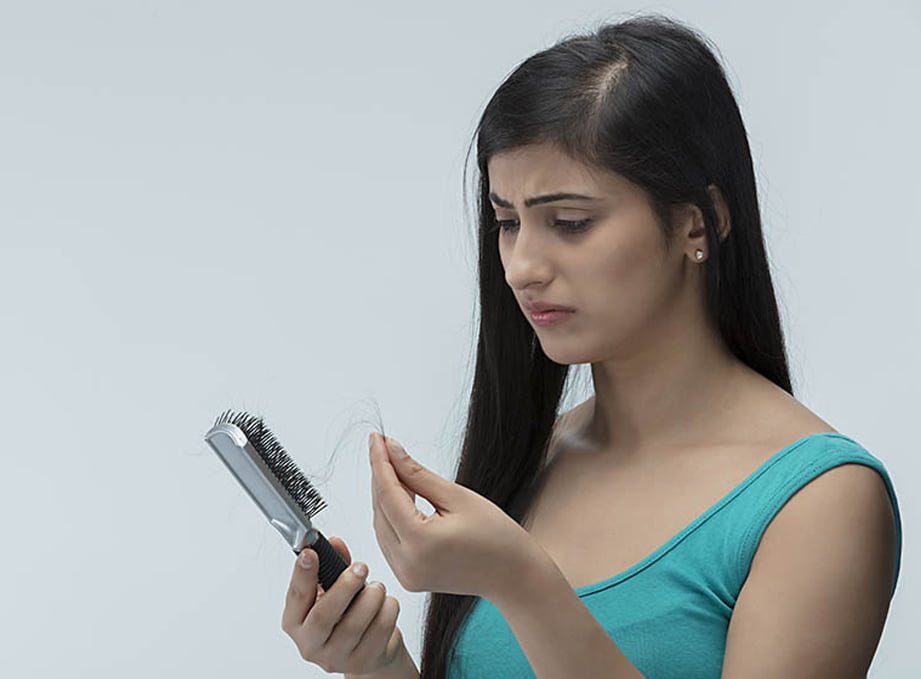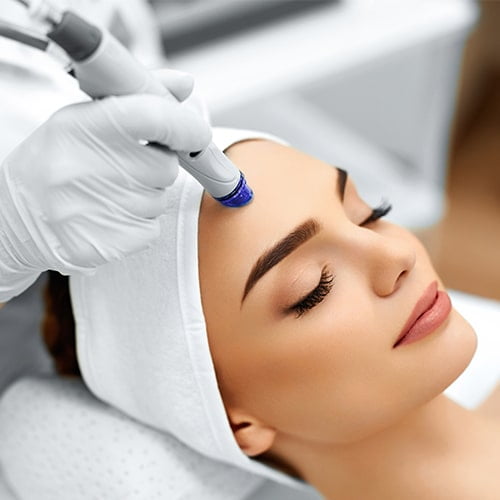Hairfall
Hair loss is a natural aspect of life, with an average of approximately 100,000 hair follicles on our heads. Losing between 100-120 hairs daily is a normal part of the hair growth cycle. However, some individuals experience a more significant hair loss, causing concern and uncertainty. Common types of hair loss include male-pattern hair loss, female-pattern hair loss, alopecia areata, and a condition called telogen effluvium, characterized by a general thinning of hair. Understanding these variations is crucial for addressing concerns about excessive hair loss.
Common types include male-pattern hair loss, female-pattern hair loss, alopecia areata, and a thinning of hair known as telogen effluvium.


Some causes of hair loss are
Drugs
Pregnancy
Other causes
Hairfall Treatments by Akiya

Liquid Gold Restoration Treatment is a versatile treatment for under eye or to facilitate hair growth. It helps…

It’s the same as liquid gold restoration treatment, but this is specifically designed for hair loss.

Even with all the effort we put into our skincare routines, we often forget about the skin under our hair.


Welcome to Akiya Aesthetics!
7982905033